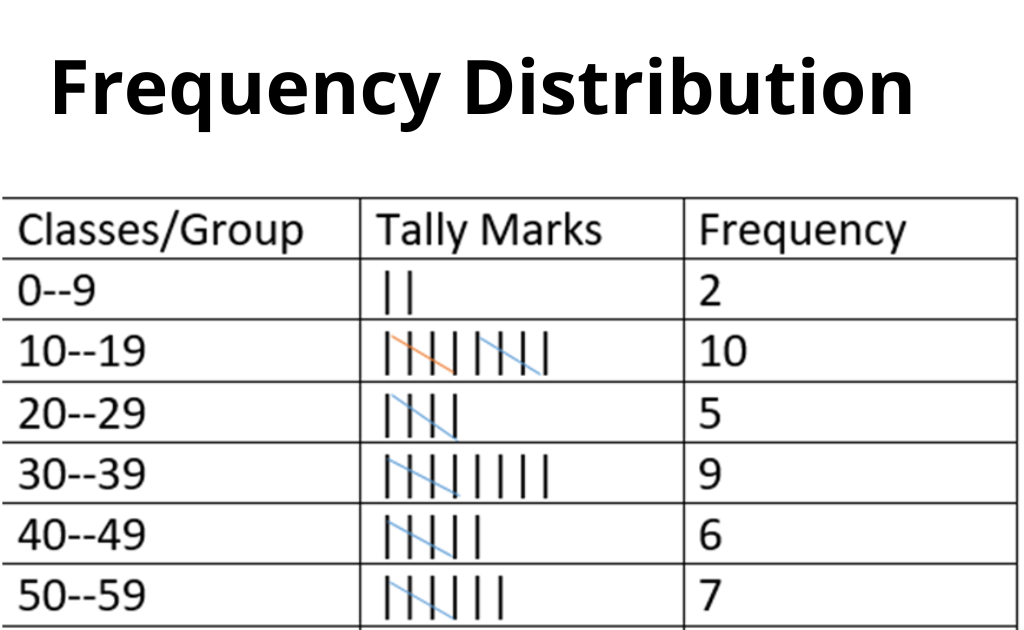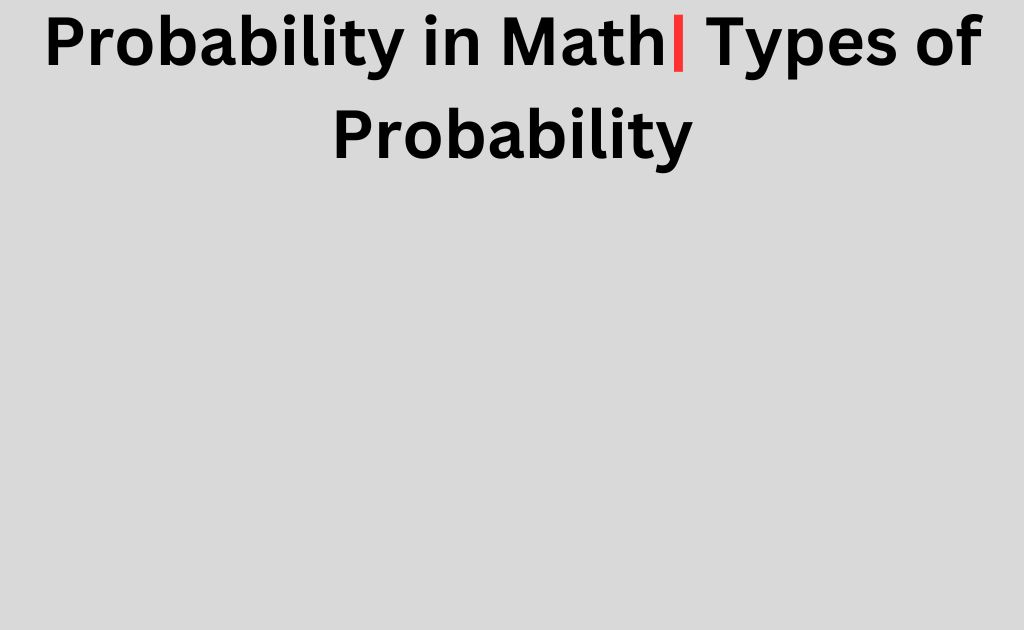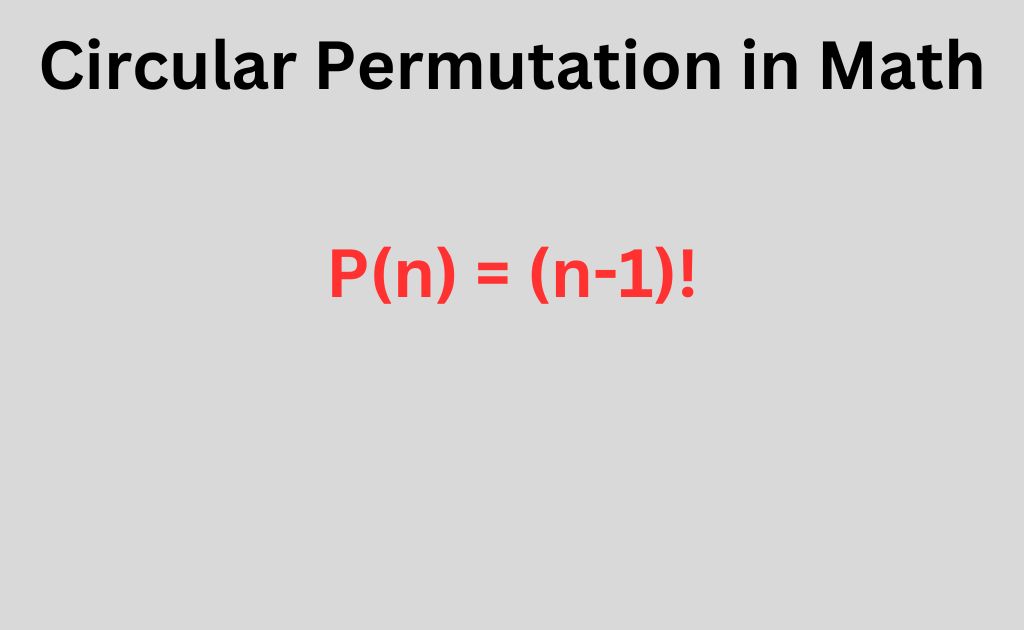What is Factorial Mean in Math
Mathematics is a complex and fascinating subject that has been around for centuries. One of the many concepts in mathematics is factorial. In this article, we will explore what factorial is, how to calculate it, and its various applications in math.
Introduction
Factorial is a mathematical function used to calculate the product of all positive integers less than or equal to a given positive integer. It is a fundamental concept in mathematics and has various applications in different areas of math, including combinatorics, probability, algebra, and real-life situations.
Definition of Factorial
The factorial of a non-negative integer n is denoted by n! (pronounced as “n factorial”), and it is defined as:
n! = n x (n – 1) x (n – 2) x … x 3 x 2 x 1

For example,
5! (read as “five factorial”) can be calculated as:
5! = 5 x 4 x 3 x 2 x 1 = 120
Factorial Notation
Factorial notation is a shorthand way of writing factorials. Instead of writing the full product of numbers, the factorial of a number is represented by an exclamation mark followed by the number.
For example:
5! = 5 x 4 x 3 x 2 x 1 = 120
6! = 6 x 5 x 4 x 3 x 2 x 1 = 720
Examples of Factorial Calculation
Let’s take a look at some examples of how to calculate factorials:
4! = 4 x 3 x 2 x 1 = 24
7! = 7 x 6 x 5 x 4 x 3 x 2 x 1 = 5040
0! = 1 (by definition)
Factorials of Numbers 1 to 20 Table
| n | Factorial of a Number | n! | Expansion | Value |
| 1 | 1! | 1 | 1 | 1 |
| 2 | 2! | 2 × 1 | 2 | 2 |
| 3 | 3! | 3 × 2 × 1 | 6 | 6 |
| 4 | 4! | 4 × 3 × 2 × 1 | 24 | 24 |
| 5 | 5! | 5 × 4 × 3 × 2 × 1 | 120 | 120 |
| 6 | 6! | 6 × 5 × 4 × 3 × 2 × 1 | 720 | 720 |
| 7 | 7! | 7 × 6 × 5 × 4 × 3 × 2 × 1 | 5,040 | 5,040 |
| 8 | 8! | 8 × 7 × 6 × 5 × 4 × 3 × 2 × 1 | 40,320 | 40,320 |
| 9 | 9! | 9 × 8 × 7 × 6 × 5 × 4 × 3 × 2 × 1 | 362,880 | 362,880 |
| 10 | 10! | 10 × 9 × 8 × 7 × 6 × 5 × 4 × 3 × 2 × 1 | 3,628,800 | 3,628,800 |
| 11 | 11! | 11 × 10 × 9 × 8 × 7 × 6 × 5 × 4 × 3 × 2 × 1 | 39,916,800 | 39,916,800 |
| 12 | 12! | 12 × 11 × 10 × 9 × 8 × 7 × 6 × 5 × 4 × 3 × 2 × 1 | 479,001,600 | 479,001,600 |
| 13 | 13! | 13 × 12 × 11 × 10 × 9 × 8 × 7 × 6 × 5 × 4 × 3 × 2 × 1 | 6,227,020,800 | 6,227,020,800 |
| 14 | 14! | 14 × 13 × 12 × 11 × 10 × 9 × 8 × 7 × 6 × 5 × 4 × 3 × 2 × 1 | 87,178,291,200 | 87,178,291,200 |
| 15 | 15! | 15 × 14 × 13 × 12 × 11 × 10 × 9 × 8 × 7 × 6 × 5 × 4 × 3 × 2 × 1 | 1,307,674,368,000 | 1,307,674,368,000 |
| 16 | 16! | 16 × 15 × 14 × 13 × 12 × 11 × 10 × 9 × 8 × 7 × 6 × 5 × 4 × 3 × 2 × 1 | 20,922,789,888,000 | 20,922,789,888,000 |
| 17 | 17! | 17 × 16 × 15 × 14 × 13 × 12 × 11 × 10 × 9 × 8 × 7 × 6 × 5 × 4 × 3 × 2 × 1 | 355,687,428,096,000 | 355,687,428,096,000 |
| 18 | 18! | 18 × 17 × 16 × 15 × 14 × 13 × 12 × 11 × 10 × 9 × 8 × 7 × 6 × 5 × 4 × 3 × 2 × 1 | 6,402,373,705,728,000 | 6,402,373,705,728,000 |
| 19 | 19! | 19 × 18 × 17 × 16 × 15 × 14 × 13 × 12 × 11 × 10 × 9 × 8 × 7 × 6 × 5 × 4 × 3 × 2 × 1 | 121,645,100,408,832,000 | 121,645,100,408,832,000 |
| 20 | 20! | 20 × 19 × 18 × 17 × 16 × 15 × 14 × 13 × 12 × 11 × 10 × 9 × 8 × 7 × 6 × 5 × 4 × 3 × 2 × 1 | 2,432,902,008,176,640,000 | 2,432,902,008,176,640,000 |
Properties of Factorial
Factorial has some properties that are useful in mathematics:
n! = n x (n-1)!
1! = 1
0! = 1
(n + 1)! = (n + 1) x n!
(n + k)! = (n + k) x (n + k – 1) x … x (n + 1) x n!
What is Sub factorial of a Number?
A mathematical term “sub-factorial”, defined by the term “!n”, is defined as the number of rearrangements of n objects. It means that the number of permutations of n objects so that no object stands in its original position.
Factorial of 5
Finding the factorial of 5 is quite simple and easy. This can be found using formula and expansion of numbers. This is given below with detailed steps.
We know that,
n! = 1 × 2 × 3 …… × n
Factorial of 5 can be calculated as:
5! = 1 × 2 × 3 × 4 × 5
5! = 120
Therefore, the value of factorial of 5 is 120.
Combinatorics and Factorial
Factorial has a significant role in combinatorics, which is a branch of mathematics concerned with counting and arranging objects. It is used to calculate permutations and combinations.
Permutations are the number of ways objects can be arranged in a specific order. The formula to calculate permutations is:
P(n,r) = n! / (n-r)!
Where n is the total number of objects, and r is the number of objects selected.
Combinations are the number of ways objects can be selected without regard to the order. The formula to calculate combinations is:
C(n,r) = n! / r! (n-r)!
Applications of Factorial in Probability
Factorial is also used in probability theory, which is a branch of mathematics concerned with random events. It is used to calculate the number of
Taylor Series and Factorial
Factorial is also used in Taylor series, which is a mathematical representation of a function as an infinite sum of terms. The coefficients of the terms in a Taylor series are often expressed in terms of factorials.
Factorial in Algebraic Equations
Factorials also appear in various algebraic equations, such as binomial coefficients, which are used to expand binomial expressions. The formula to calculate binomial coefficients is:
(n choose k) = n! / (k! (n-k)!)
Where n is the total number of objects, and k is the number of objects selected.
Special Values of Factorials
There are some special values of factorials that are frequently used in mathematics, such as:
0! = 1
1! = 1
2! = 2
3! = 6
4! = 24
5! = 120
Factorials in Real Life
Factorials also have applications in real-life situations, such as:
In calculating the number of possible ways a group of people can be arranged in a line or seated at a table.
In analyzing the probability of a specific outcome in a game of chance, such as rolling dice or drawing cards.
In calculating the number of possible combinations in a genetic code.
Conclusion
Factorial is a fundamental concept in mathematics that has various applications in different areas, such as combinatorics, probability, algebra, and real-life situations. It is used to calculate the product of all positive integers less than or equal to a given positive integer. Factorial notation is a shorthand way of writing factorials, and it has some properties that are useful in mathematics. Factorials also appear in Taylor series and algebraic equations, such as binomial coefficients. Overall, understanding the concept of factorial is essential for students and professionals in mathematics and related fields.
What is the factorial of 0?
The factorial of 0 is defined as 1.
What is the largest factorial that can be calculated?
The largest factorial that can be calculated depends on the computing power available. However, it is worth noting that factorials grow rapidly, and larger factorials can quickly become unmanageable.
How is factorial used in combinatorics?
Factorial is used in combinatorics to calculate permutations and combinations.
Can factorial be negative?
Factorial is not defined for negative integers.
What are some real-life applications of factorial?
Factorial has applications in real-life situations, such as calculating the number of possible ways a group of people can be arranged in a line or seated at a table, analyzing the probability of a specific outcome in a game of chance, and calculating the number of possible combinations in a genetic code.

 written by
written by 





Leave a Reply